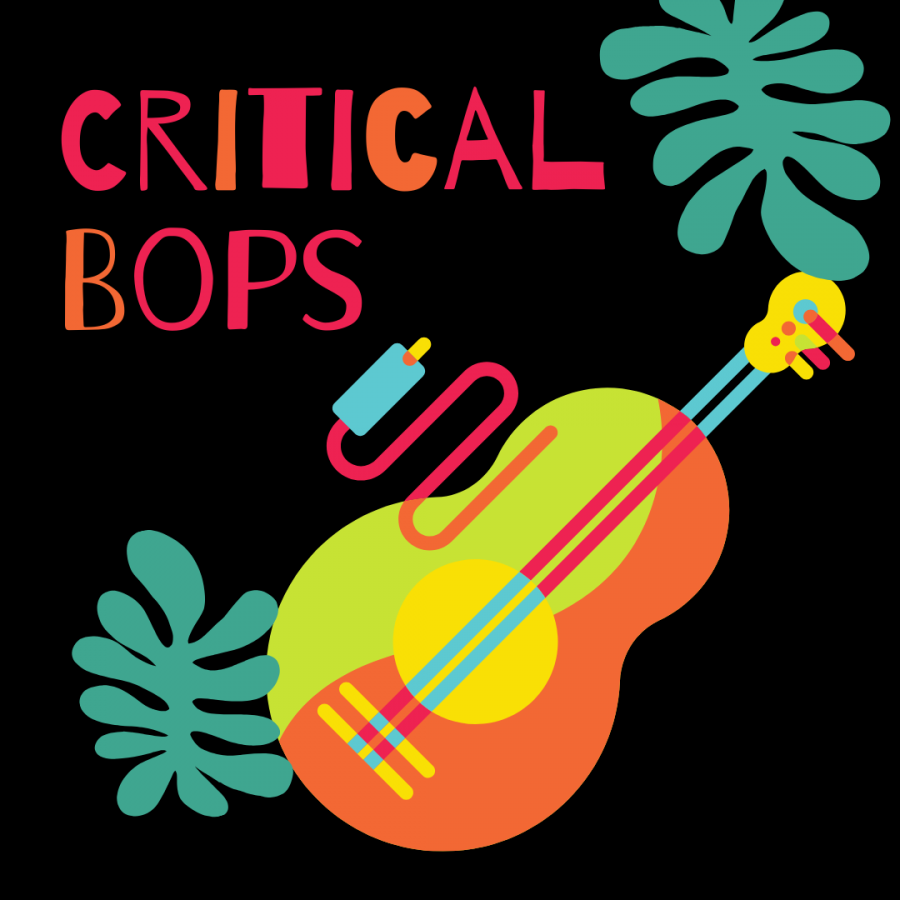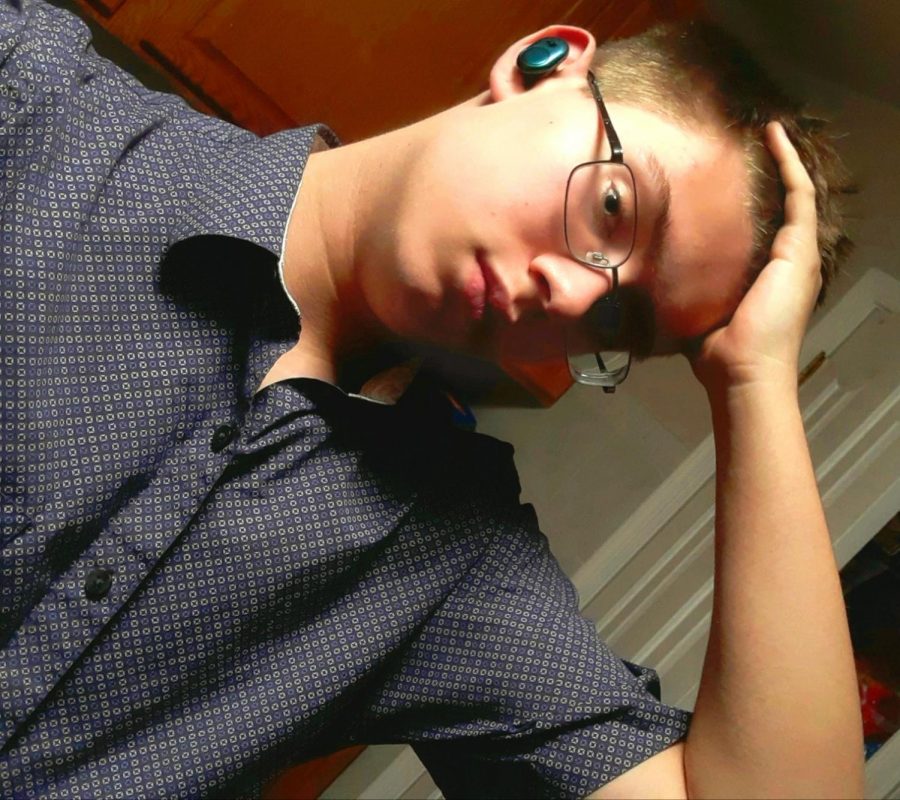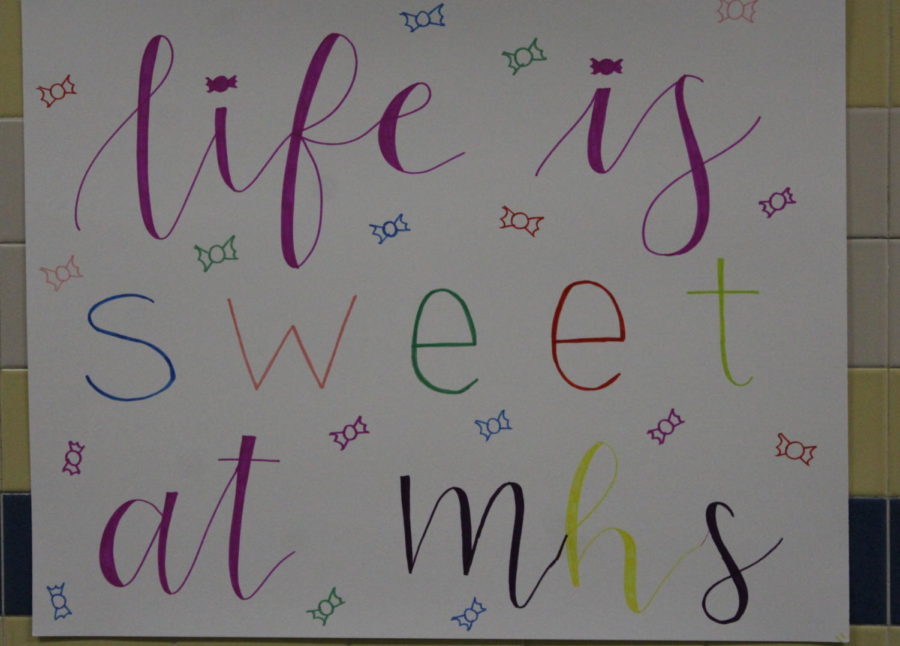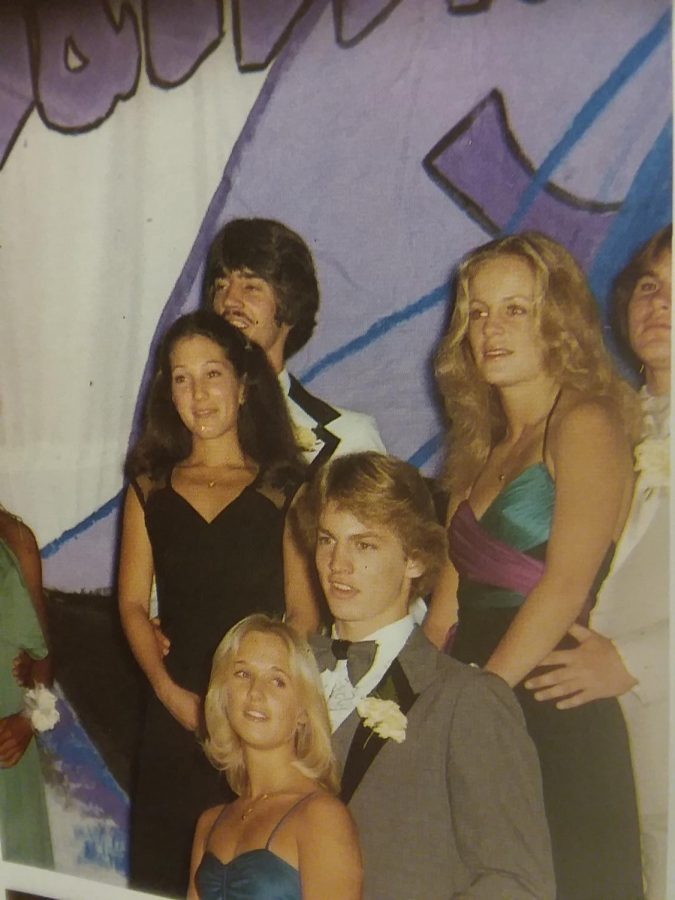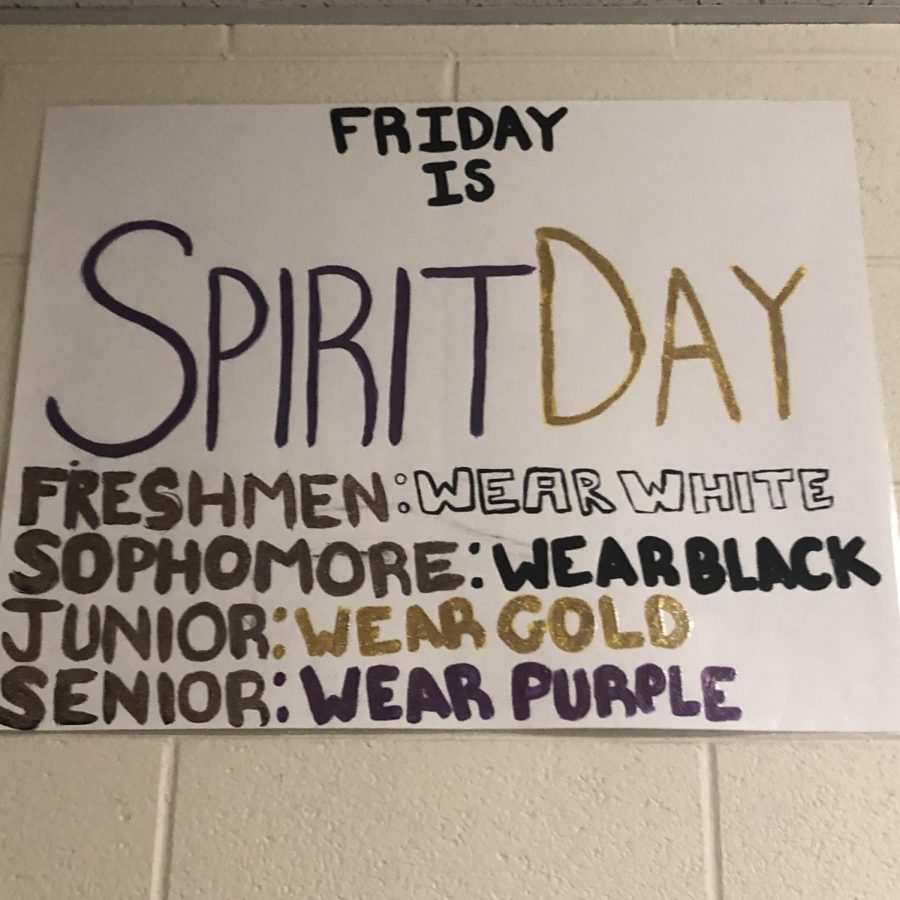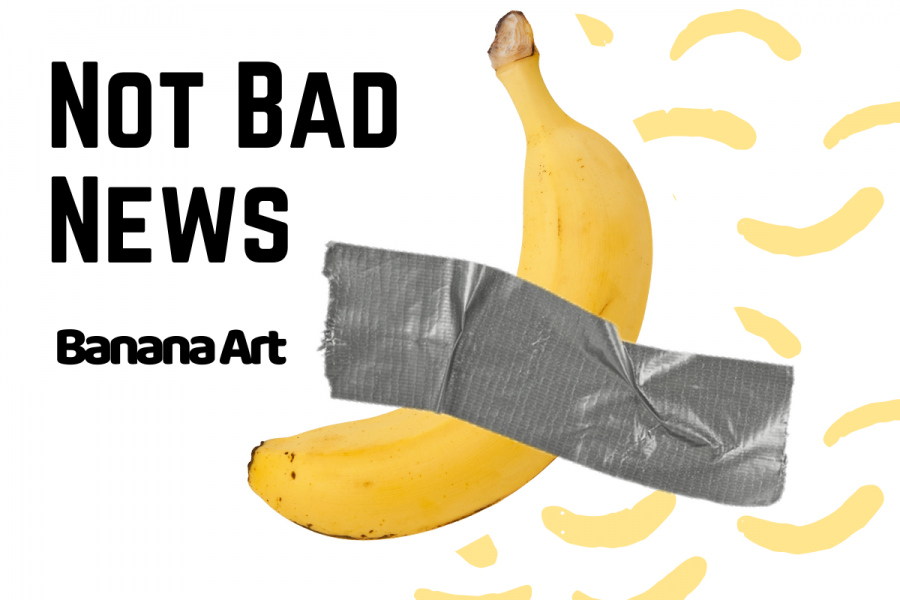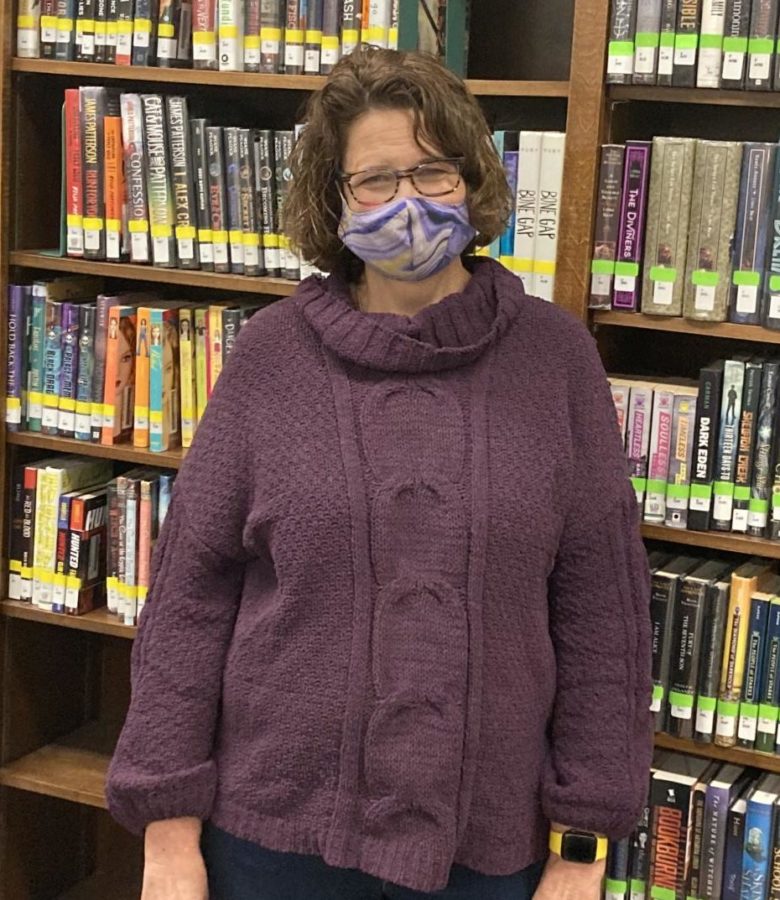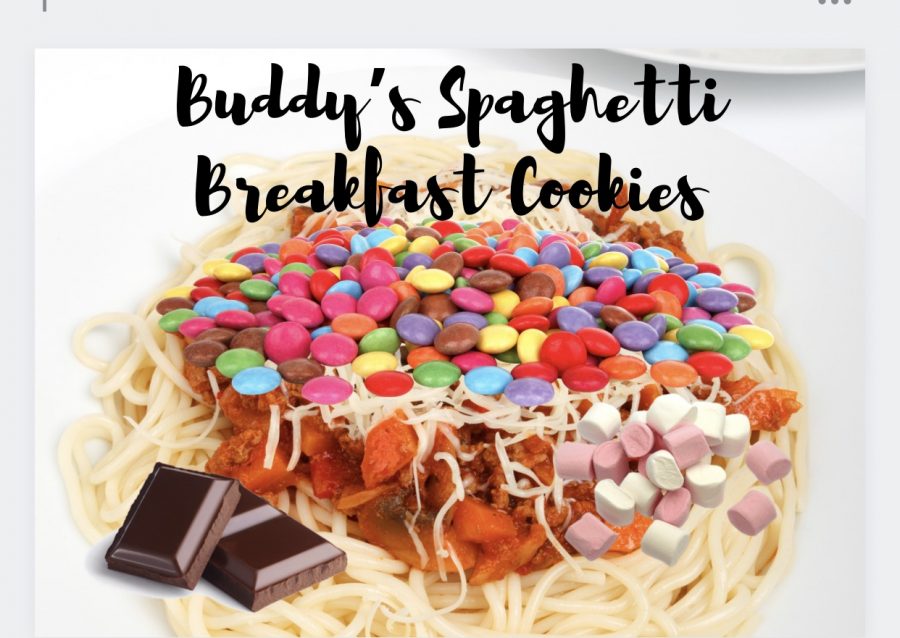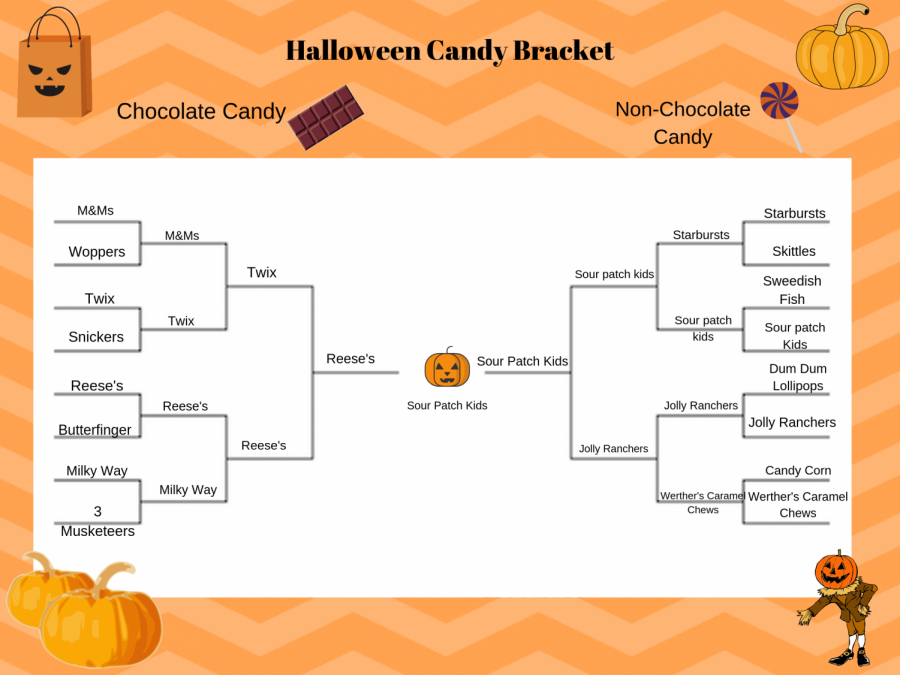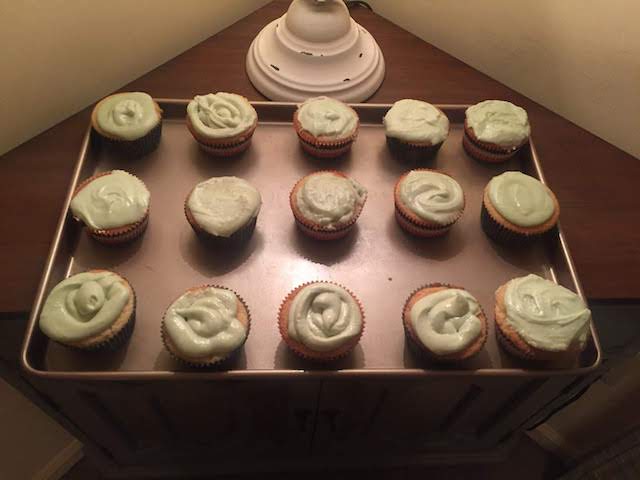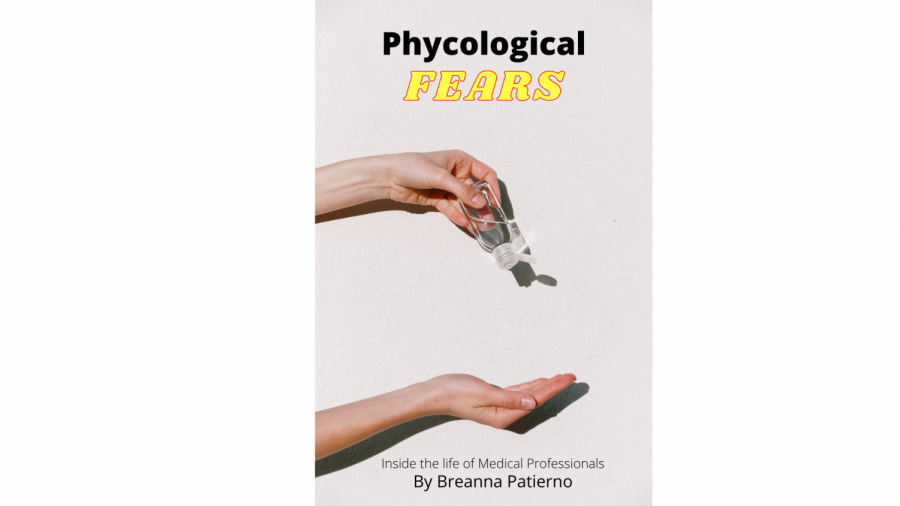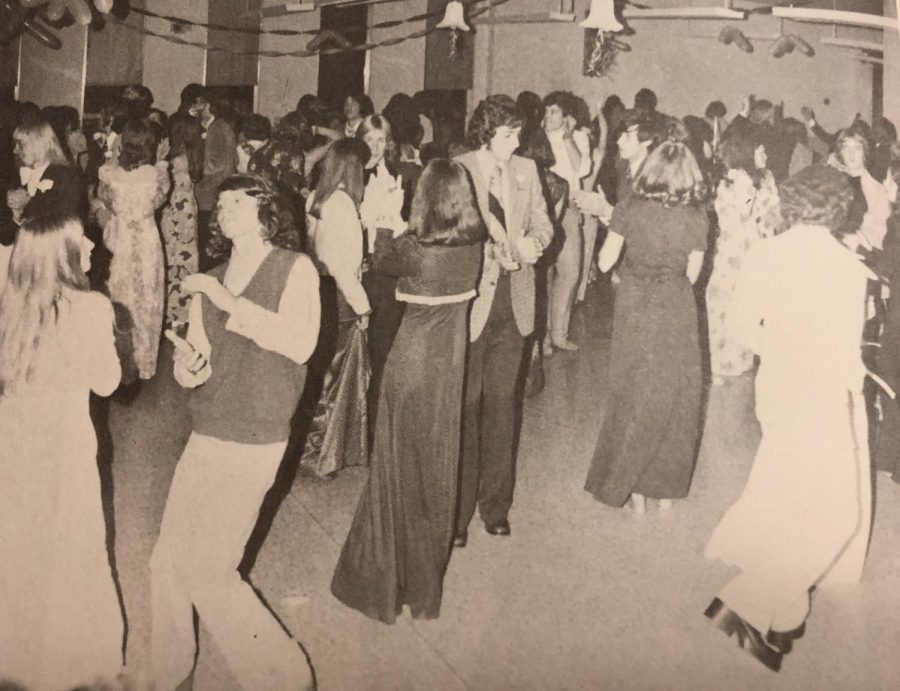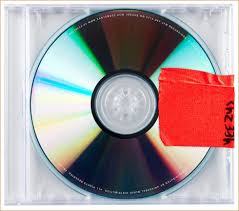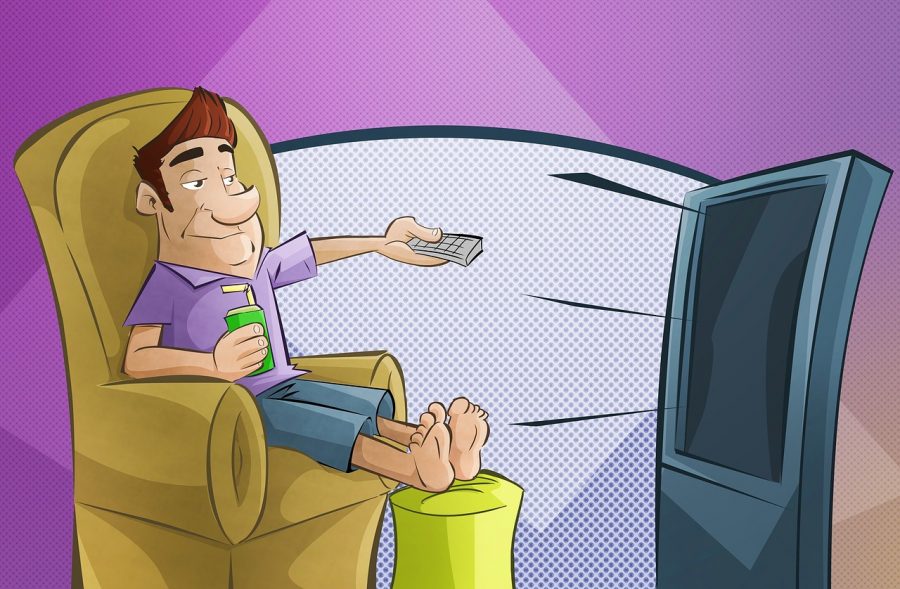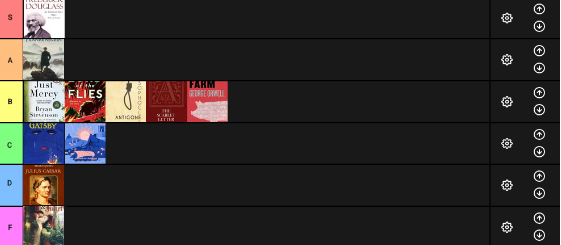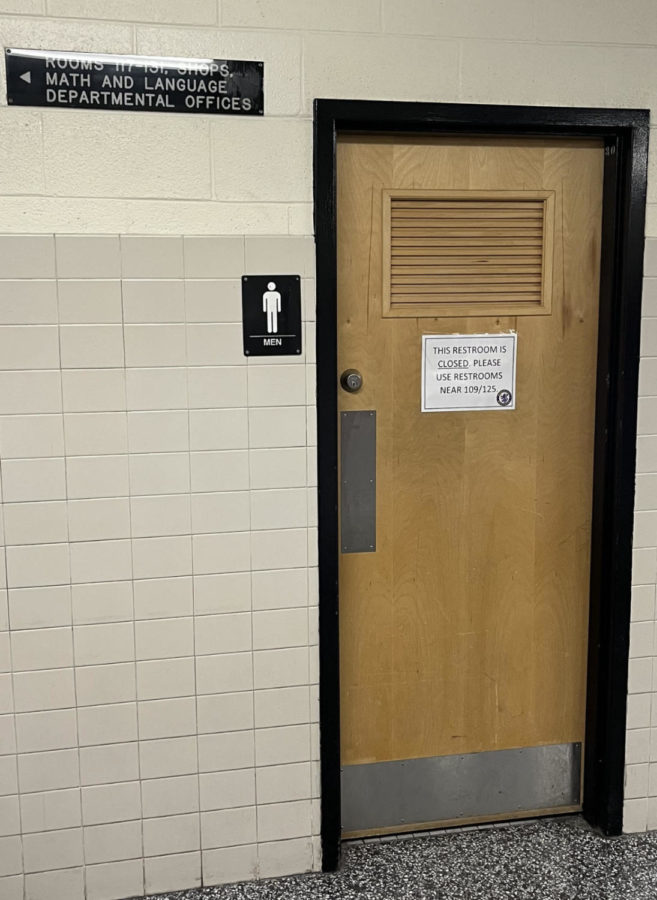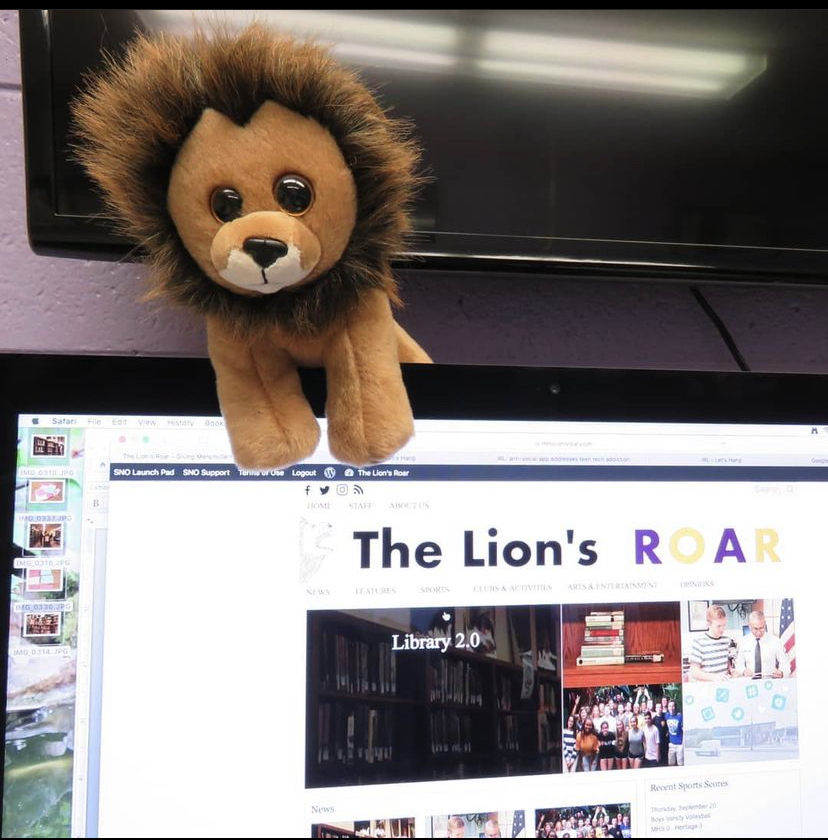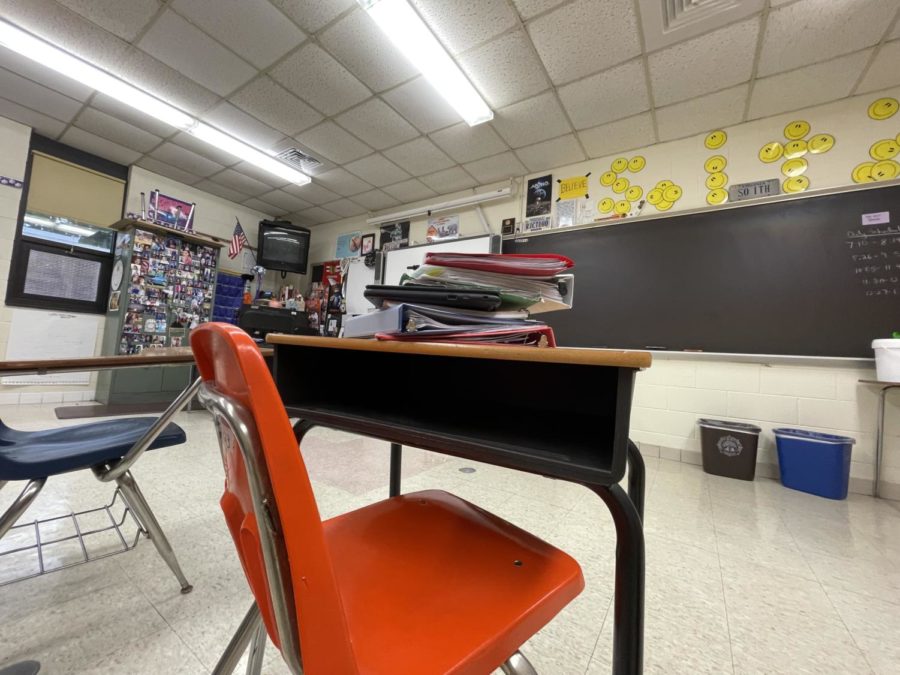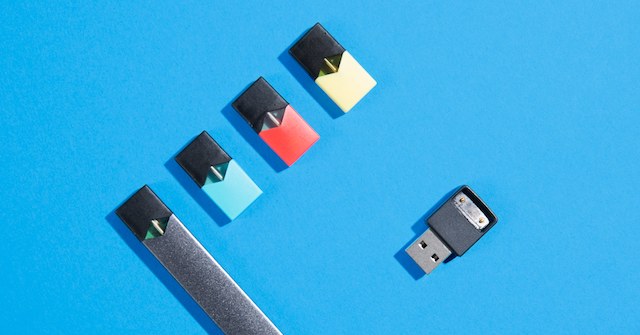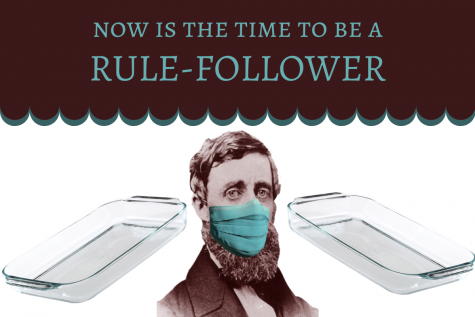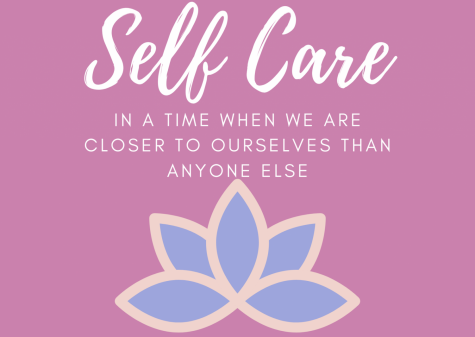Juuling: A Teen Epidemic?
“Why are there toilets in the juul room?” is an infamous joke referencing the fact that teens use restrooms for sucking on the popular e-cigarette more than anything else these days. However funny this bathroom banter may be, juuls are no laughing matter. Since its launch in 2015, the Juul has taken over 70% of the e-cigarettes retail market. “Juuls” are slick, easily concealable e-cigarettes that contain chemicals like glycerol, propylene glycerol, benzoic acid, and flavorants. One juul pod contains a nicotine dosage equivalent to at least one pack of ordinary cigarettes.
The alleged purpose of juuls was to provide a healthier alternative for adults that smoke. However, it is no secret that juuls have become popular among teenagers. Young people are becoming hooked and developing nicotine addictions at a rapid rate. Scott Gottlieb, the chief of the FDA, has even referred to juuls as an “epidemic.”
“They’re something that teens are going to go through a stage in, like how baby boomers went through the use of coke, and millennials went through smoking weed and cigarettes. Now we’re here on juuling,” says a Menchville student (who did not want to be named) but considers themselves addicted to nicotine and juuling. “I don’t like it (juuls containing nicotine) but for me it’s the only thing that can help with my addiction. It’s the only thing that can help satisfy or lower it.”
The FDA has demanded that Juul Labs take affirmative action to keep their products out of the hands of teenagers, and it looks like a change is finally being made. After immense backlash from the government and concerned citizens, Juul Labs are pulling their fruit, creme, mango and cucumber flavors out of stores. These flavors are the ones teens find most desirable. The flavors will still be available online, but only to customers who pass their age verification system by providing their name, date of birth, social security number and home address.
Will this stop young teens from getting their hands on this harmful product, or will they simply find other ways to obtain their favorite flavors? How difficult will it be for young people to find an adult to purchase these products for them?
“I think that its gonna be even easier for kids to get it (juuls) now because they’re gonna be on places like eBay where you don’t even have to put in how old you are and you can just order it. I don’t think its gonna change anything, I think it’s actually gonna make it worse,” reasons the same student.
The student continues: “It’s just gonna have to be one of those things that pass. They’re not going to be able to control it. The only people who can control it are us, and as far as our generation is concerned right now, it’s not going to stop. It’s going to get worse.”
For students struggling with addiction, student support specialist Terri Keese has recommended some resources:
https://smokefree.gov/tools-tips/text-programs
“This resource (Smokefree) gives a ton of information, encouragement, tips and advice for someone trying to break the habit. Plus it has information of smoke-free apps and texting programs for smart phones (iPhone and android) that helps with quitting. Individuals can choose to do the 6-8 week program or choose to receive 3-5 encouraging text messages a day,” says Keese. The phone number for Smokefree is 1-800-784-8669.
The American Lung Association in Virginia also works with teens to help battle addiction by providing information and support. They can be reached at https://www.lung.org/about-us/local-associations/virginia.html or through phone by 1-804-267-1900.
Mrs. Keese also wants students to know that they are welcome to use her as a resource and talk about their struggles with addiction any time. She is in room 116.

Committed to graduate in 2019, Kelly Ritenour is a dedicated member of Menchville's journalism staff and theatre department. She loves writing poetry,...




























